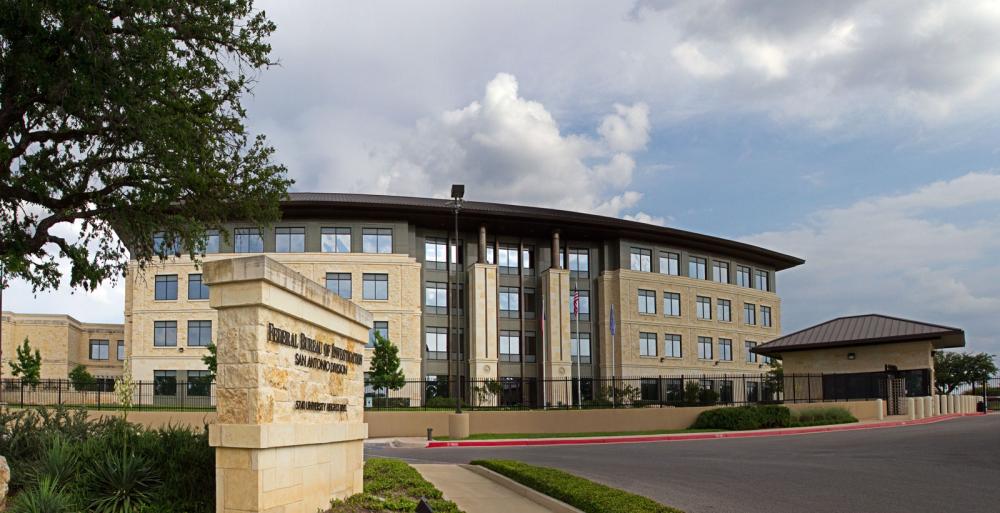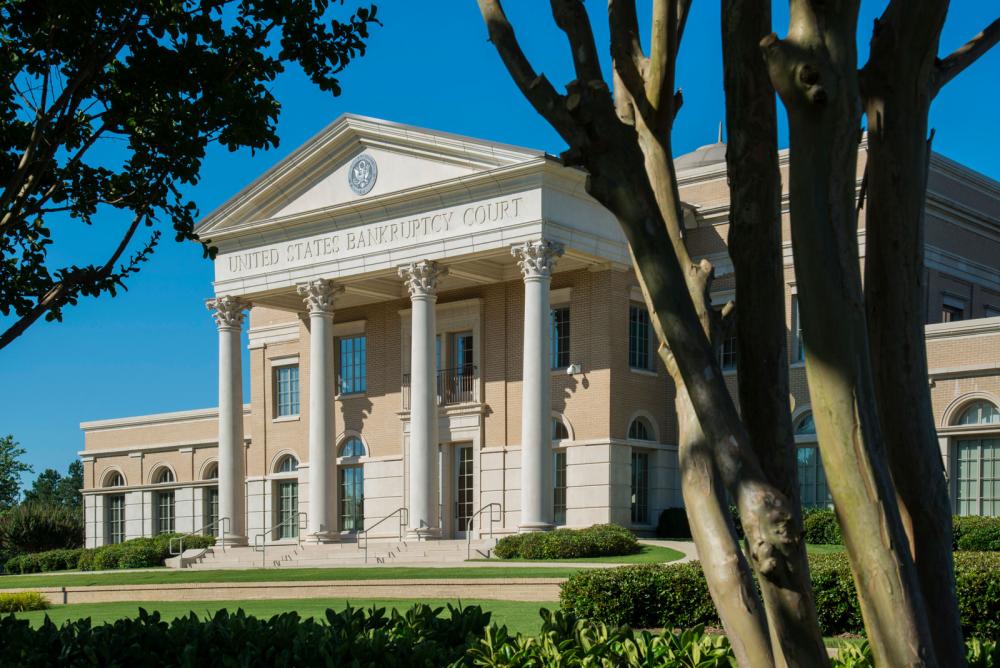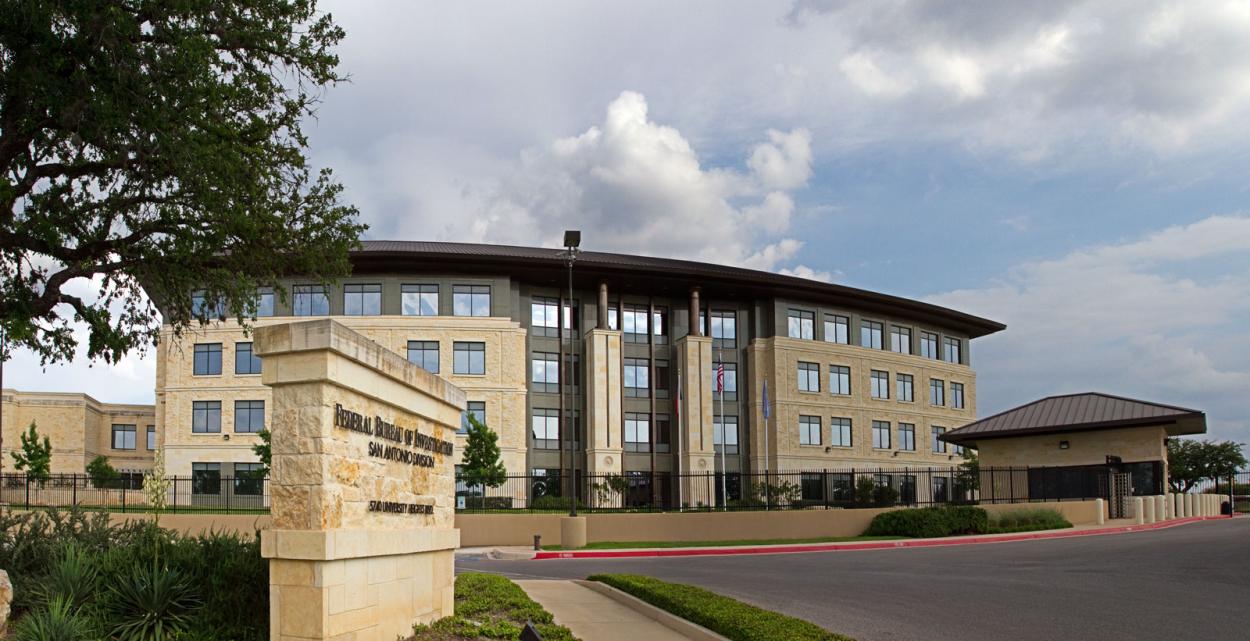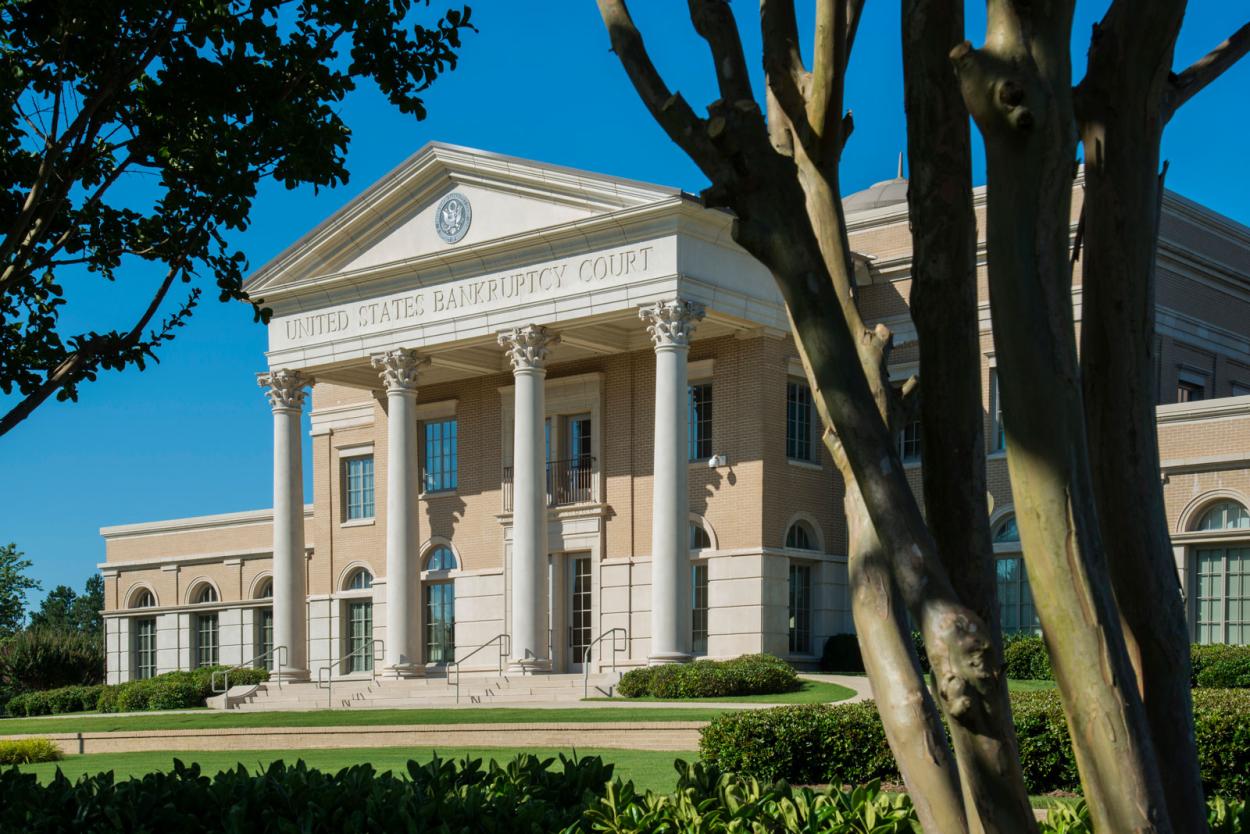
Easterly Government Properties, Inc. (NYSE: DEA) has a unique strategy when it comes to investing in properties. The REIT focuses on the acquisition, development, and management of Class A properties leased to the U.S. government through the General Services Administration. The properties are specially designed for the agencies they serve and the professionals who work there—providing environments that can’t be replicated in homes.
At the start of 2024, Easterly Co-founder and Chairman Darrell Crate succeeded William Trimble III as CEO. His transition to the CEO role “ensures the company’s succession plan remains connected to Easterly’s foundational mission and values,” the REIT said at the time of the announcement.
Based in Washington, D.C., Easterly’s main objective is to supply the country’s mission-critical government agencies such as the Federal Bureau of Investigation (FBI), Drug Enforcement Agency (DEA), and the Food and Drug Administration (FDA), with premium, secure facilities to advance their enduring missions.
One of the benefits of this strategy is that market forces that impact the rest of the commercial real estate market—recessions, soft landings, hard landings—aren’t really in play. Because of this, 97% of Easterly’s properties remain leased, with a weighted average remaining lease term of about 10.5 years.
An Idea Forms
In 2009, Crate and Trimble created a private equity real estate fund of $100 million and made one simple observation—the leases that the U.S. government were trading at, and the cap rates on the buildings, were incredibly high because people didn’t understand how to work with the government.

“Bidding rules, the way the government focuses on mission and not commerce, all of those things led there to be a misunderstanding in the market,” Crate says. “One of the things we knew was that the U.S. Treasury was the most creditworthy financial institution on earth, and we figured we could buy the real estate and sell the credit.”
That strategy turned out to be a savvy one, and the partners quickly raised a second $200 million fund, though they realized they were educating competitors a lot faster than they were educating investors.
So, in 2015, needing to find investors who understood capital markets, Easterly went public and also partnered with a developer to create a third leg of its strategy. As of March 2024, the company has a portfolio of approximately nine million square feet of real estate and is one of the largest landlords to the U.S. government.
Before founding Easterly, Crate had been in banking for more than a decade. He was CFO of a global financial services company where he managed more than $350 million of funds. That private equity institutional background, he believes, makes Easterly a little different from other REITs in that while many were created after families had built large portfolios and wanted some liquidity, Easterly, however, has more of an investor perspective than a real estate perspective.
“We’ve developed each of these areas of expertise, from understanding the capital markets, to having an expert in government relations [20-year government real estate veteran Stuart Burns], to asset managers who specialize in these types of leases,” Crate says. “We understand the difference between the agencies; they have different objectives and cultures and ways of being. We really work hard to understand those so we can be the best private/public partners to each of these agencies.”
Expansion of Target Universe
Early on, Easterly was very focused on some of the mission-critical law enforcement agencies, and quickly became one of the largest landlords to the FBI and the DEA.
“We knew that those were agencies that were going to grow as the population grew. It doesn’t matter what party is in the White House, they still need to protect the citizens,” Crate says. “Working and aligning ourselves with those agencies seemed to matter most.”
But over the years, Easterly has constantly researched and expanded its target universe. For instance, it added large Veterans Affairs (VA) facilities to its portfolio as it saw an increasing need for their services. These facilities act as outpatient centers, so veterans can go and get their medicines and medical help and spend the day, without having to stay overnight at a hospital.
Crate says Easterly is currently in the midst of further widening its target market. “These agencies serve a number of needs for the government, such as facilitating military activity or implementing legislation like the CHIPS Act, and require facilities that are going to have initial lease terms for 10, 20, 30, even 40 years.” Easterly is working to get those facilities developed quickly in a way that’s sensitive to the needs of the agencies, he adds.

Portfolio Composition
While most people might think that the majority of the nine million square feet Easterly owns is in the District of Columbia, the truth is that none of the REIT’s properties are in D.C.
“That’s because so many of the buildings here are just office,” Crate says. “The Department of Education, the Social Security Administration, those tasks can be done anywhere.” A property worthy of the Easterly name usually has unique characteristics that are specially designed for the agencies.
“When we build, the government spends its money to put in these special features, which in a normal office environment would be called, ‘tenant improvements,’ but they are so much more than that,” Crate says.
Easterly views the government’s significant investment in the building as an indicator of the enduring need for that facility.
For instance, the FBI building in San Antonio is a sensitive compartmented information facility (SCIF) space to ensure classified information remains secure. The facility also has notable physical barriers and other important infrastructure such as secret networks, perimeter fencing, screening facilities, antiballistic glass, and wedge barriers, all designed to protect the intelligence and personnel within the building. Easterly also owns a number of purpose-built drug labs around the country that serve law enforcement, Crate says.
Meanwhile, a common misperception is that the U.S. government is reducing its footprint, Crate says. “But the reality is that the whole rent roll of the U.S. government is around $6 billion, a decrease of 7% in recent years, but most of the buildings are not losing much space,” he says. “A challenge is getting investors to understand that we are not in a shrinking market—the population is growing, so the government is growing.”

Sound Strategy
One of Easterly’s big value propositions is that as a private sector manager, it can provide consistency around how its buildings are operated and maintained. That is in contrast to government, where many things are impacted by budget and one of the first things that often gets cut is deferred maintenance.
“It’s very expensive to bring these buildings back once you’ve let something go,” Crate says. “In a way, we can deliver a project that helps the government do what it does best, and for us, it’s an opportunity to provide shareholders with a rent revenue stream that’s the most creditworthy out there.”
Many of the U.S. agency leases with Easterly carry long terms, with the weighted average lease term over 10 years, and the age of the buildings in the portfolio is quite young. “For many government buildings, 40 to 50 years is when they start looking long in the tooth. Our buildings, however, still have one or two or even three lease rolls left,” Crate says.
Merrill Ross, an analyst at Compass Point, has been covering Easterly for six years and believes investors are attracted to the REIT because it has what she characterizes as “the perfect tenant.”
“The idea that your rent is being paid by the U.S. Treasury is the big appeal,” she says. “That provides excellent credit quality. Those cash flows are very reliable.”
One of the things she has appreciated about Easterly over the years is that from the get-go, the REIT identified a subset of properties leased by the GSA for government agencies by sifting through data to find those agencies that would remain at their properties for a long time.
“Government agencies can’t invest in a property they are renting from someone else,” Ross says. “So, they have to pay the landlord for improvements, and then the landlord can charge them increased rent to pay them back. By identifying the subset of properties where the tenants would have a growing mission where they would renew the lease and request to expand and improve the property, the strategy has been successful.”
Further Growth
By staying consistent and remaining students of the profession, Crate feels Easterly has a big future ahead.
“We have a deep understanding of government, we work really hard to meet the special needs and preferences of each agency, and they know we are a partner of choice to help them facilitate their mission,” he says.
Crate sees around $2 billion of development opportunity ahead and plans to capitalize on these prospects.
“As the Federal Reserve is trying to tighten the economy a little bit, liquidity is drying up, so money is no longer free for private real estate folks. It requires a lot more capital and bigger balance sheets, and we have it,” he says. “We also know how to partner with developers and help the government build the buildings it needs. We see a significant opportunity to grow our portfolio.”

